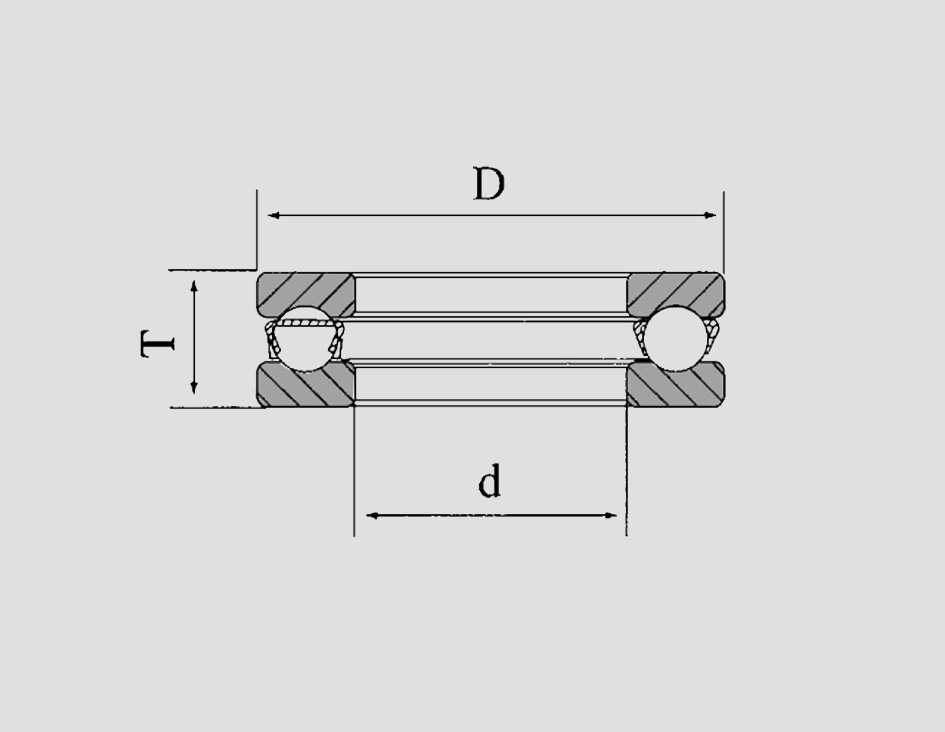
Noy . 20, 2024 07:39 Back to list
angular ball bearing
Understanding Angular Ball Bearings A Comprehensive Overview
Angular ball bearings are essential components in various mechanical systems, facilitating smooth and efficient movement. With distinct design characteristics, they play a crucial role in applications requiring precise axial and radial load handling. This article delves into the fundamental aspects of angular ball bearings, their design, benefits, and applications.
What are Angular Ball Bearings?
Angular ball bearings are a type of rolling-element bearing that can support both radial and axial loads. Unlike standard ball bearings, which can only accommodate radial loads acting perpendicular to the shaft, angular ball bearings are designed to handle thrust loads that act along the axis of the shaft. This makes them ideal for systems where combined loads are present.
The key differentiator in angular ball bearings is the angle of the bearing raceway relative to the shaft axis. This angle allows the bearing to sustain axial loads while providing excellent stability and rigidity, particularly under high-speed rotations. The most common types of angular ball bearings include single-row and double-row configurations, with the former being more prevalent in basic applications.
Design Characteristics
The design of angular ball bearings is characterized by several key features
1. Angular Contact The ball and the raceway are arranged at an angle, allowing for the distribution of both radial and axial loads. This contact angle typically ranges from 15 to 40 degrees, and the choice of angle affects the bearing's load capacity and stiffness.
3. Sealing Options Many bearings are available with seals or shields to protect against contaminants, such as dust and moisture, which can significantly reduce the lifespan of the bearing.
4. Precision and Tolerance They can be manufactured to high precision standards, making them suitable for applications requiring tight tolerances and low friction.
Advantages of Angular Ball Bearings
Angular ball bearings offer several advantages over traditional bearings
angular ball bearing

- Load Performance With the ability to handle both radial and axial loads, they are advantageous in applications where such complex load situations occur.
- High Speed Capability Angular ball bearings are designed for high-speed operations, providing excellent performance over varied operational speeds.
- Versatility They are available in numerous sizes and configurations, making them suitable for a wide range of applications, from small electric motors to large industrial machinery.
- Reduced Maintenance Many angular ball bearings come pre-lubricated and sealed, decreasing the need for frequent maintenance and prolonging their service life.
Applications
Angular ball bearings are widely used in various industries, including
- Automotive These bearings play a critical role in components such as wheel hubs, gearboxes, and electric motors, where precise movement and durability are essential.
- Aerospace In aircraft engines and other aerospace applications, angular ball bearings help manage high speeds and varying loads, contributing to enhanced safety and efficiency.
- Industrial Machinery They are frequently found in conveyors, pumps, and various types of machinery that require efficient movement and load support.
- Robotics In robotics, these bearings ensure smooth articulation and controlled movement, crucial for precision applications.
Conclusion
In conclusion, angular ball bearings are a vital component in modern engineering and machinery. Their unique design allows them to handle complex loading conditions with precision and reliability. As industries continue to innovate and demand higher performance standards, the role of angular ball bearings is set to expand, driving advancements in technology and efficiency across various fields. Understanding their construction, benefits, and applications can aid engineers and designers in selecting the appropriate bearing type to meet their specific needs, ultimately leading to enhanced performance and longevity of mechanical systems.
Latest news
-
Grooved Ball Bearing Design and Functionality
NewsJun.04,2025
-
Concrete Mixer Bearing Load Capacity Testing
NewsJun.04,2025
-
6004 Bearing Dimensions in Robotic Joint Designs
NewsJun.04,2025
-
Advantages of Single-Row Deep Groove Ball Bearings
NewsJun.04,2025
-
Applications of Deep Groove Ball Bearings in Automotive Systems
NewsJun.04,2025
-
Innovations in Bearing Pressing Machine Design
NewsJun.04,2025
